Tibetan Cuisine
Tibetan cuisine is the cuisine of the Tibetan people.
The Tibetan people live mainly in their homeland on the Tibetan Plateau. The U Tsang(དབུས་གཙང་།) region of central Tibet is sometimes considered the heartland of Tibetan culture. Lhasa(ལྷ་ས) is a significant religious and cultural center.
Tibet is traditionally divided into three regions: U Tsang, Kham(ཁམས་), and Amdo(ཨ༌མདོ). These regions have slight variations in their cuisine, but generally share features. For example, pulled noodles and leavened flatbread are especially popular in Amdo, though they are found throughout Tibet. This may reflect Amdo’s geographic proximity to Khui and Uyghur regions on the historic Silk Road which also have pulled noodles and flatbreads, suggesting these dishes reached Tibet from contact with Silk Road traders or their descendants. Tibetan cuisine shares many similarities with cuisines of related peoples, such as Bhutanese cuisine and Newar cuisine of Nepal. Tibet also has some influence from neighboring Sichuan, such as the street food laping, which is related to Sichuan liangfen[涼粉].
Hot soups are often served in winter. Losar, or Tibetan New Year, is a major holiday during which special foods may be prepared.
Ingredients
Barley is a staple in Tibetan cuisine and has been used for hundreds, perhaps thousands of years. It is mainly roasted and ground into a flour called tsampa.
Wheat is also an important staple food used mainly for breads and noodles.
Very few vegetables are suited to the high elevations of the Tibetan Plateau. Cabbage, radish, and onion are grown in some regions, and sometimes celery, potato, carrot, or even tomato can be grown. Tea leaves are used for butter tea.
Wild plants are occasionally used. Wild garlic is considered medicinal and has a somewhat unique flavor. Wild goosefoot can be used similarly to fresh spinach or dried. Silverweed root, or droma, is traditionally used, as well as wild knotweeds and rhubarbs.
Domestic yak(གཡག་ g’yag[male] and འབྲི་ bri or གནག g’nag[female]) and a hybrid between yak and cow called dzo(མཛོ་ dzo[male] and dzomo[female]) are somewhat unique to Tibet. Their meat and milk are used in Tibetan cuisine. Goats and sheep are also raised for their meat and milk. Milk is used for various types of butter, cheese, yogurt, and other products. Yak butter(འབྲི་མར།) is popular.
Dishes
- tsampa(རྩམ་པ་ rtsam pa): roasted barley flour, typically mixed with tea or other liquid to make a plain dough cake
- tingmo: steamed wheat bread
- bagleb(བག་ལེབ།): wheat flatbread
- momo(མོག་མོག་ mog mog): wheat dumpling with filling
- logo momo: bread with a flat divet in the center for stewed meat
- mothug(མོག་ཐུག mog thug): small dumpling soup
- bagthug(བག་ཐུག་): soup with small noodles or dough balls
- thenthug(འཐེན་ཐུག་): hand-pulled noodle soup
- yak, dzo, beef, lamb, and goat meat
- yogurt made from yak milk
- butter tea(བོད་ཇ་ bod ja): salted drink made with tea leaf and yak butter
- bagtsha markhu(བག་ཚ་མར་ཁུ།): small noodles or dough balls with butter, cheese, and honey
Recipes
-
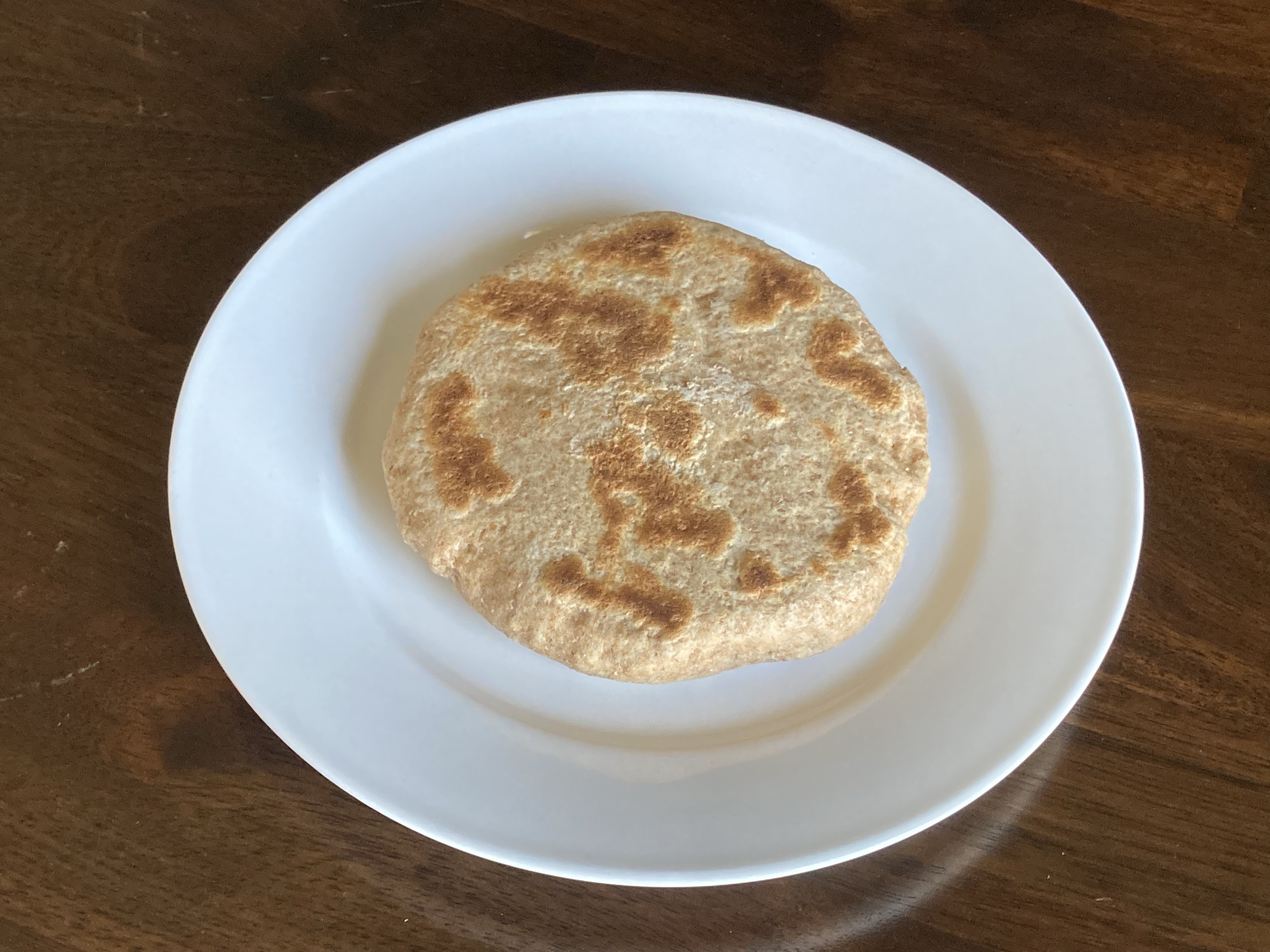
Bagleb
Bagleb(བག་ལེབ), also written balep or phaley or bhaley, is Tibetan flatbread, generally made with wheat flour. The following recipe is […]
-
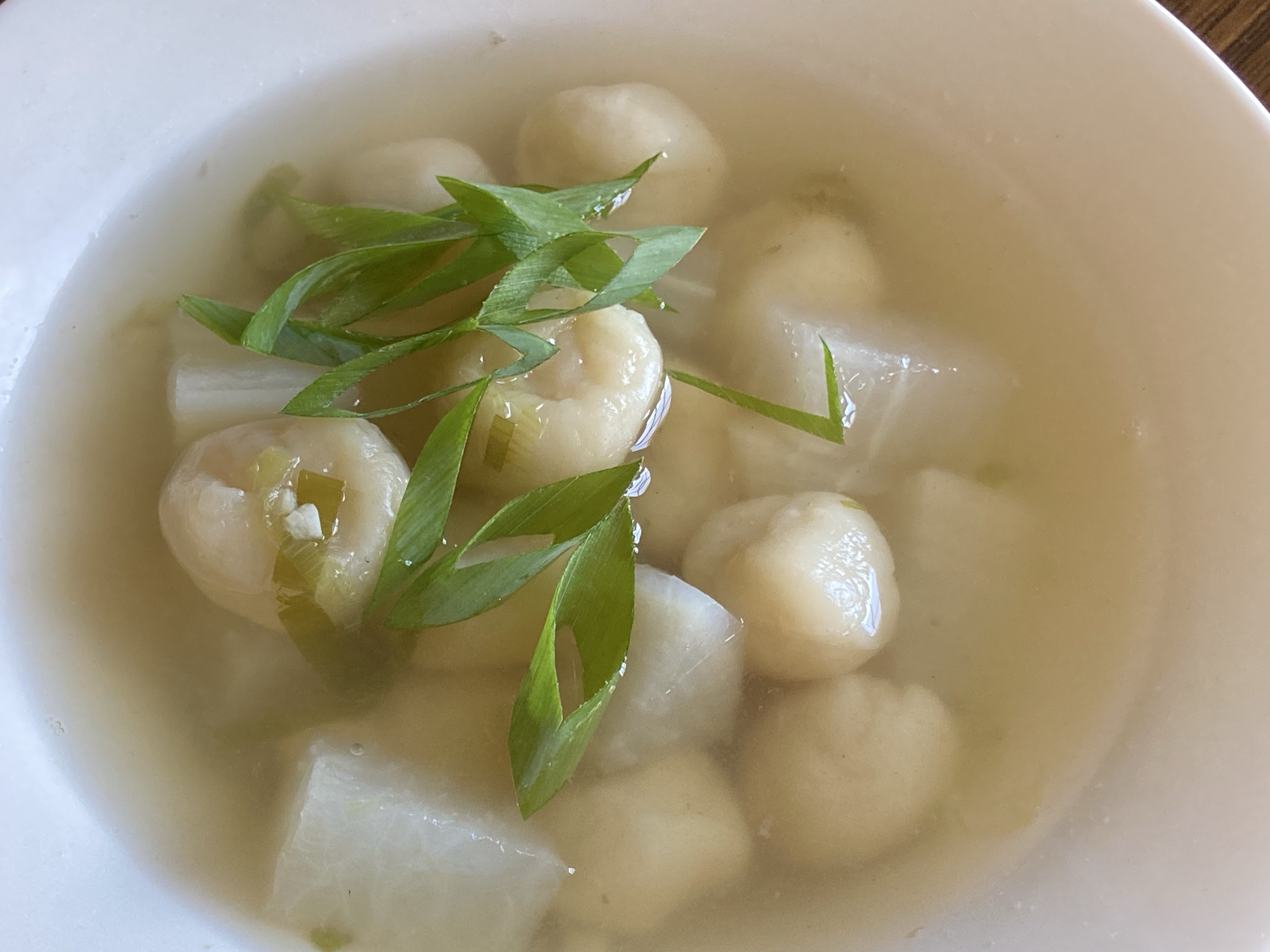
Bagthug
Bagthug(བག་ཐུག་), also spelled bhathuk, is a Tibetan soup with small lumps of dough or noodle pieces. Bagthug(བག་ཐུག་) is a contraction […]
-
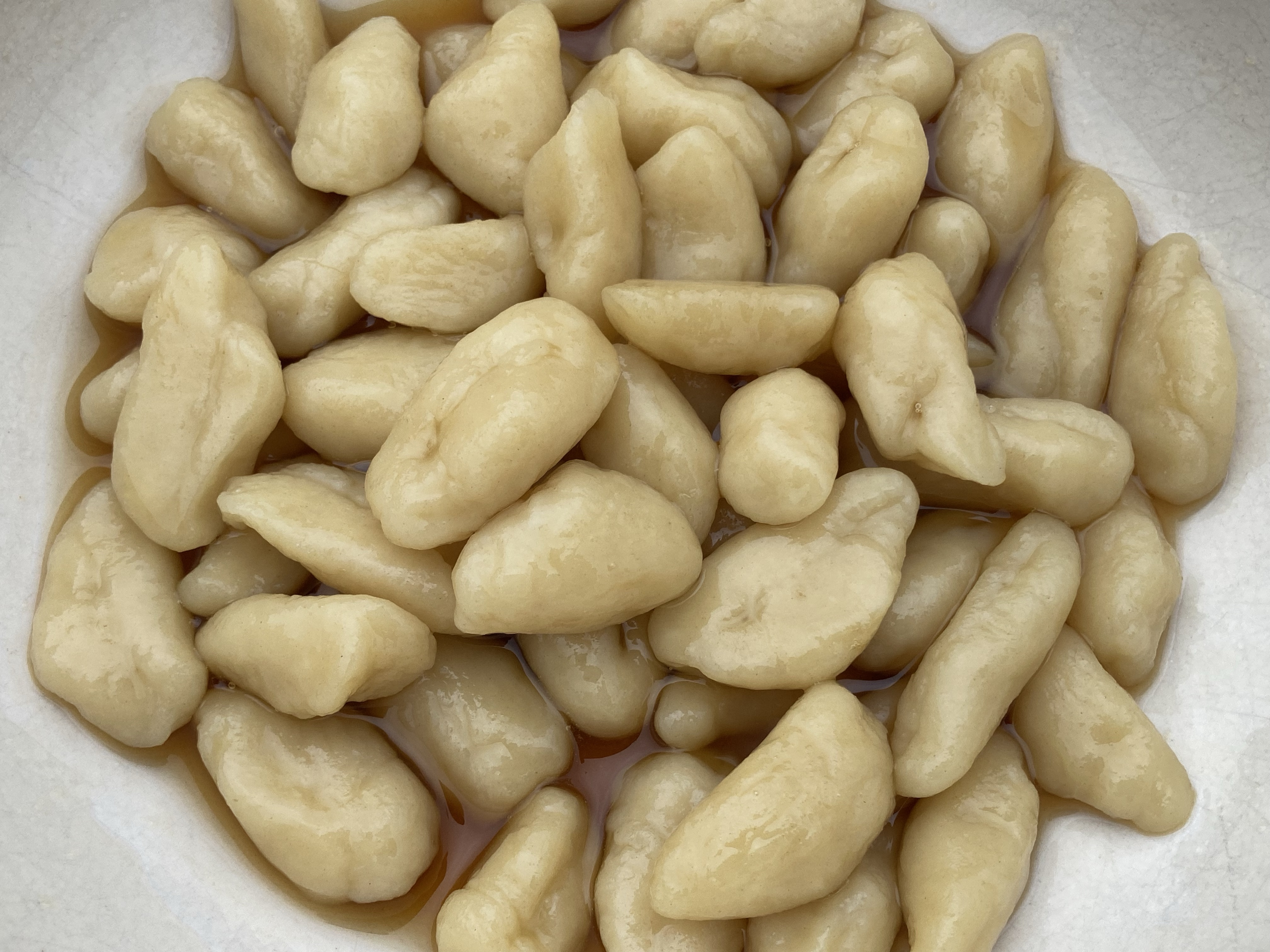
Bagtsha Markhu
Bagtsha markhu(བག་ཚ་མར་ཁུ།) is a sweet Tibetan dish traditionally made with dough balls, butter, cheese, and honey. Bagtsha is a sort […]
-
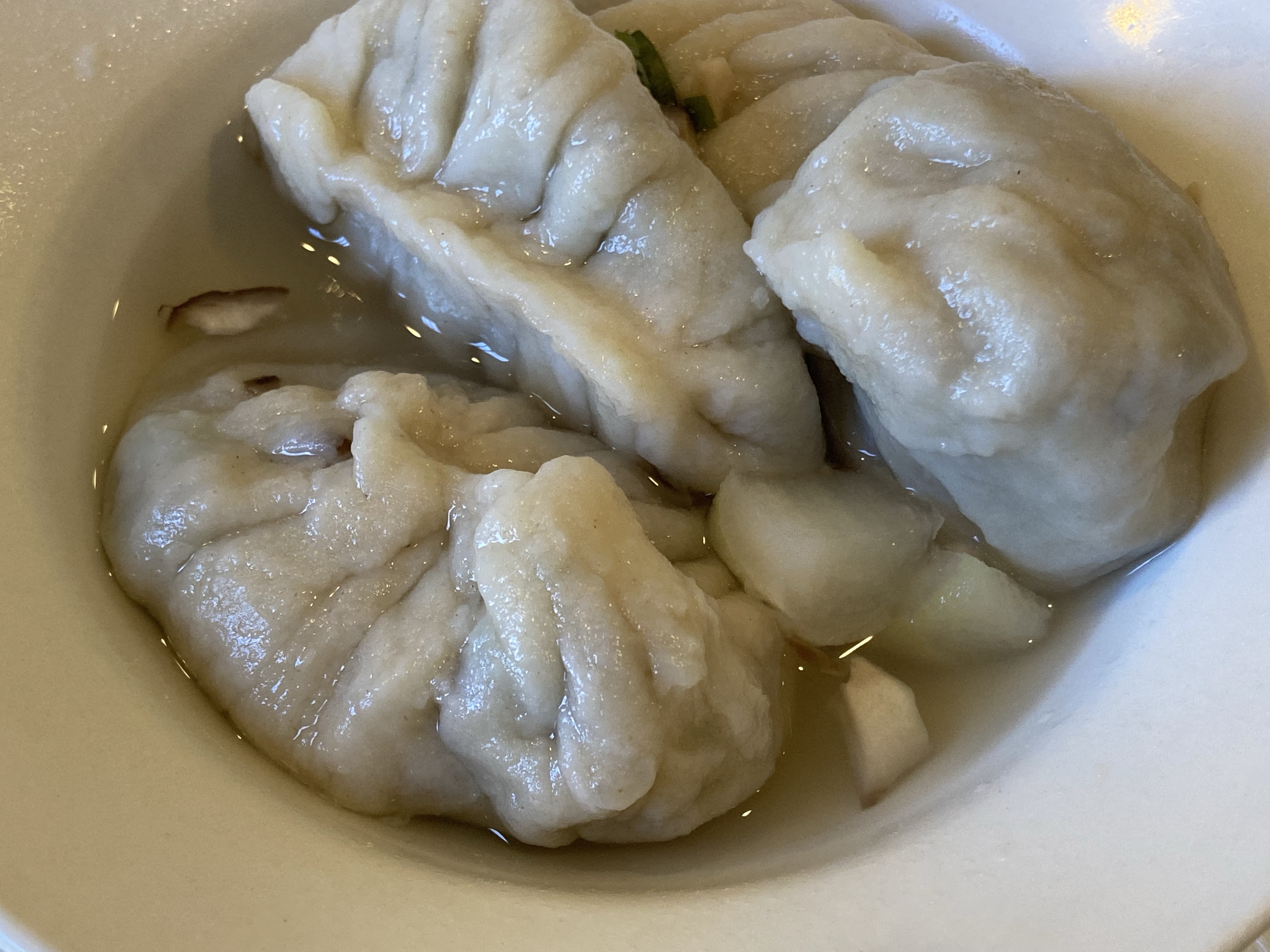
Mothug
Mothug(མོག་ཐུག), also spelled mothuk or mogthug or mog thug, is a Tibetan dumpling soup. The main ingredient is Tibetan dumplings […]
-
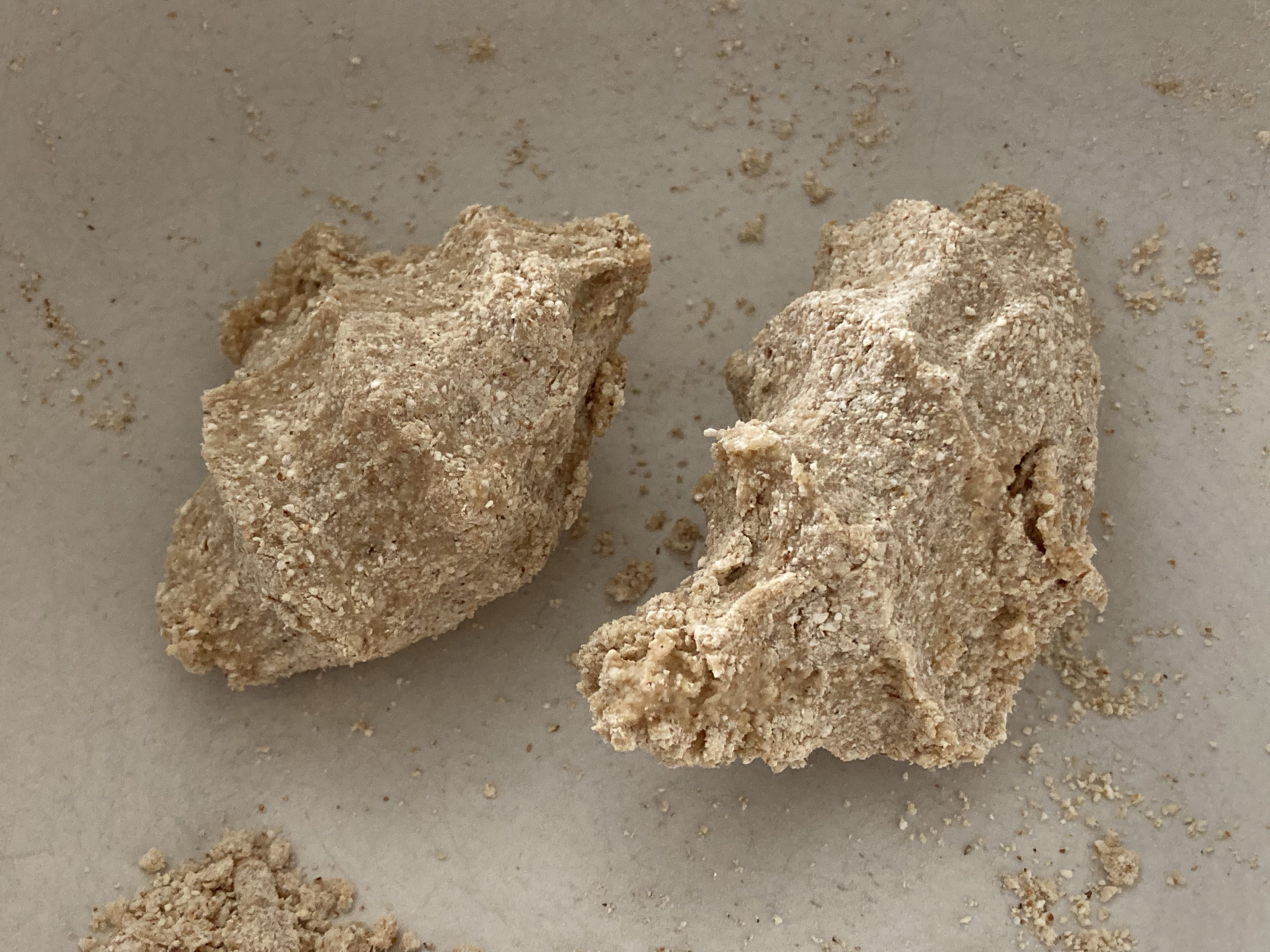
Tsampa
Tsampa(རྩམ་པ)[糌粑] is roasted barley flour, a staple of Tibetan cuisine and an icon of Tibetan cultural identity. For hundreds or […]